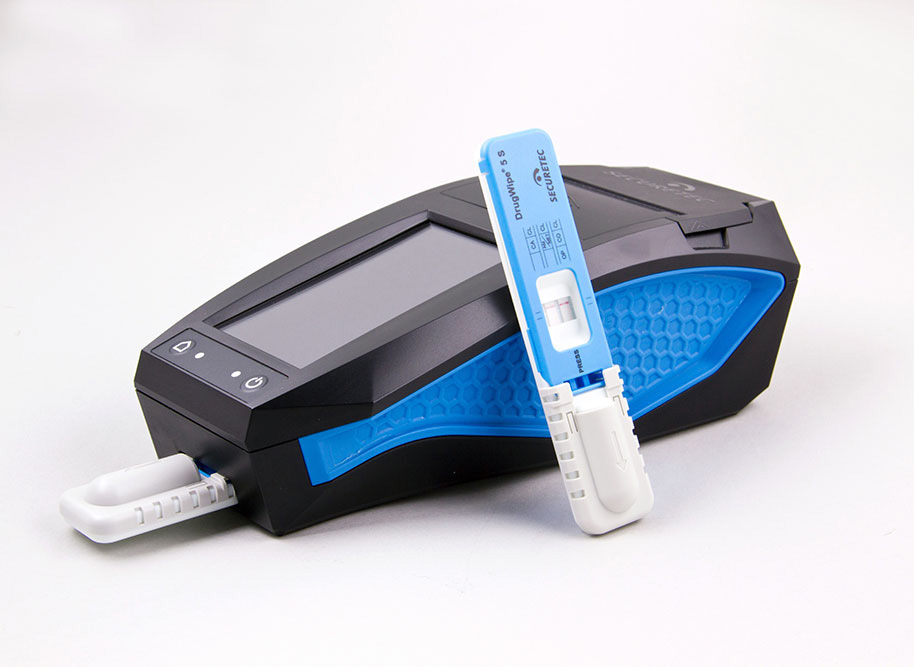
DrugWipe® 6 S Benzodiazepine
More sensitivity, more reliability
Just 5 ng per 1 ml of saliva – that’s the new detection limit of the DrugWipe® 6 S for benzodiazepines, making the test now more sensitive by a factor of 4.
Pitfalls of detection
Benzodiazepines are only ever found in relatively low concentrations in saliva.1 The conditions that prevail in the oral cavity don’t suit these substances, and so they are very reluctant to pass from the blood into the saliva. As a result, a very sensitive test is required for screening.
DrugWipe® – already achieving success
Benzodiazepines – a risk to road safety?
Driving under the influence of benzodiazepines represents a significant risk to road safety. Which makes it all the more important to use a sufficiently sensitive saliva test for this group of drugs.
DrugWipe® 6 S – für mehr Sicherheit im Straßenverkehr.
Benzodiazepines infobox
Benzodiazepines are drugs that are only available on prescription, as sedatives for patients suffering from stress, agitation or anxiety, or as sleeping pills. Due to their relaxing effect, they are also used as a tranquilizer. They are highly addictive. Benzodiazepines are prescribed to millions of people across Germany. 10–17% of the population will take medication containing a benzodiazepine at some point over the course of a year. 1–2% of adults take this type of medication once a day for at least a year. Benzodiazepines represent a large group of chemically related active substances. The individual substances differ in terms of effect, onset and duration of effect, metabolization, and the time required for breakdown. Depending on the substance, it may take between several hours and several days to be broken down by the body.
1 Wille et al., Ther. Drug Monit., Volume 31, Number 4, August 2009
2 Gunnar et al., ROSITA-2 Project : Final report, Academia Press, Gent, Belgium (2006)
3 Blencowe et al., J. Anal. Toxicol. 35 (6), 349-356 (2011)
4 Smink et al., Journal of Forensic and Legal Medicine 15 (2008) 483–488
5 Movig et al., Accident Analysis & Prevention 36 (2004) 631–636
6 Summary of Main DRUID Results, TRB 91st Annual Meeting, January 2012



